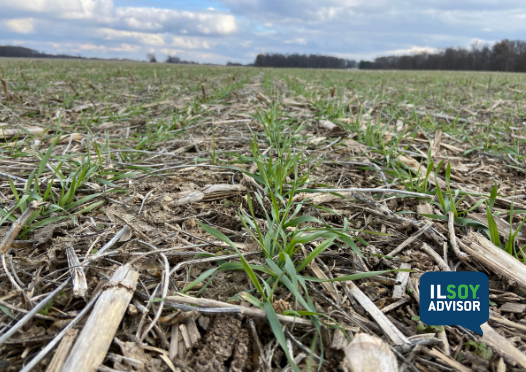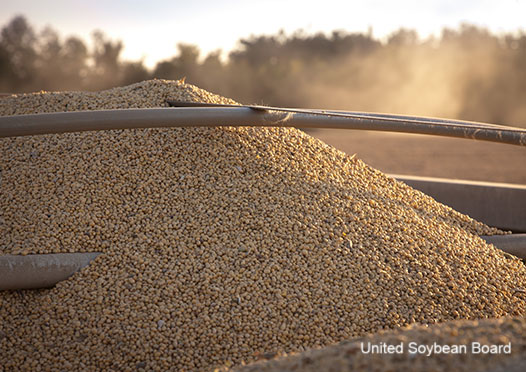ILSOYADVISOR POST
Does New Technology Fit Your Farm?
Evaluating new technology for the farm is not one-size-fits-all. What works successfully on one operation may have a lower-than-expected return on investment (ROI) on another. However, best practices can help you determine when to try out an innovative product or practice on your farm and how to evaluate its impact. Consider these three tips:
1. Know your agtech temperament. Be aware of your level of risk tolerance and how that compares with the upside potential of the new technology. Be honest about your ability to implement it. Do you have the time and patience to adopt the skills and practices needed to make the innovation successful?
Realize that many agtech companies provide training and support to shorten your learning curve. Seek advice from your crop adviser or other farmers who have previous experience with the technology. Your personal interest and excitement are also important. These factors drive learning and engagement and help overcome the feeling of being “too busy” to adopt technology successfully.
2. Take a long-term view. Don’t expect immediate results from any innovation. Weather, soil conditions and other factors can impact ROI potential on an annual basis. Dampen your expectations and evaluate return over at least three years to give the technology a fair shake.
Also be aware of the tech company’s funding and how it might impact long-term technology support. Product development plans, priorities and service may change over time, whether it is a startup or an established ag company.
3. Consider intangibles as well as financial returns. Time savings and improved quality of life are potential agtech benefits that go beyond yield and lower costs. ISA board member and agtech early adopter Steve Pitstick of Maple Park, Illinois, looks for innovations that solve pain points on his operation. For example, before the advent of cloud data storage, one of Pitstick’s frustrations was the hassle of getting data from his tractor onto the computer where he could use it—involving cumbersome data cards and USB drives.
“A Bluetooth device on my tractor addressed that pain point. By the time I got in from the field, the data was already on my computer at home,” Pitstick explains.
He advises farmers to identify their own pain points that agtech can relieve. “Look at your operation and see where you’re struggling, then look for solutions,” he says. “For some farmers it might be labor. Everyone has their own set of goals that technology may help them reach.”
Pitstick says his experience over the years has shown that technologies that are visible in the field—like swath or section control—often are easiest to evaluate. Less-visible innovations like aerial imaging take more effort to determine results.
“If your neighbor can see it, the ROI is more apparent.” He notes that visible technologies often have greater adoption because people see what other farmers are doing and want to try it, too.
Considering all the agtech innovations of the past decades, Pitstick says auto steer was the most impactful advance on his farm. Besides improved accuracy of planting, tillage and other operations, this technology improved his quality of life and effectiveness as a farmer.
“Prior to GPS, steering a tractor or combine required 99.9 percent of our attention. Auto steer allows us to focus on other things besides the task at hand,” he says.
For farmers looking to gain experience with new technologies, AgTechConnect is a new Illinois Soybean Association checkoff-funded program that connects interested farmers with agtech companies seeking input on new product innovations. Learn more about AgTechConnect here.





Comments
Add new comment